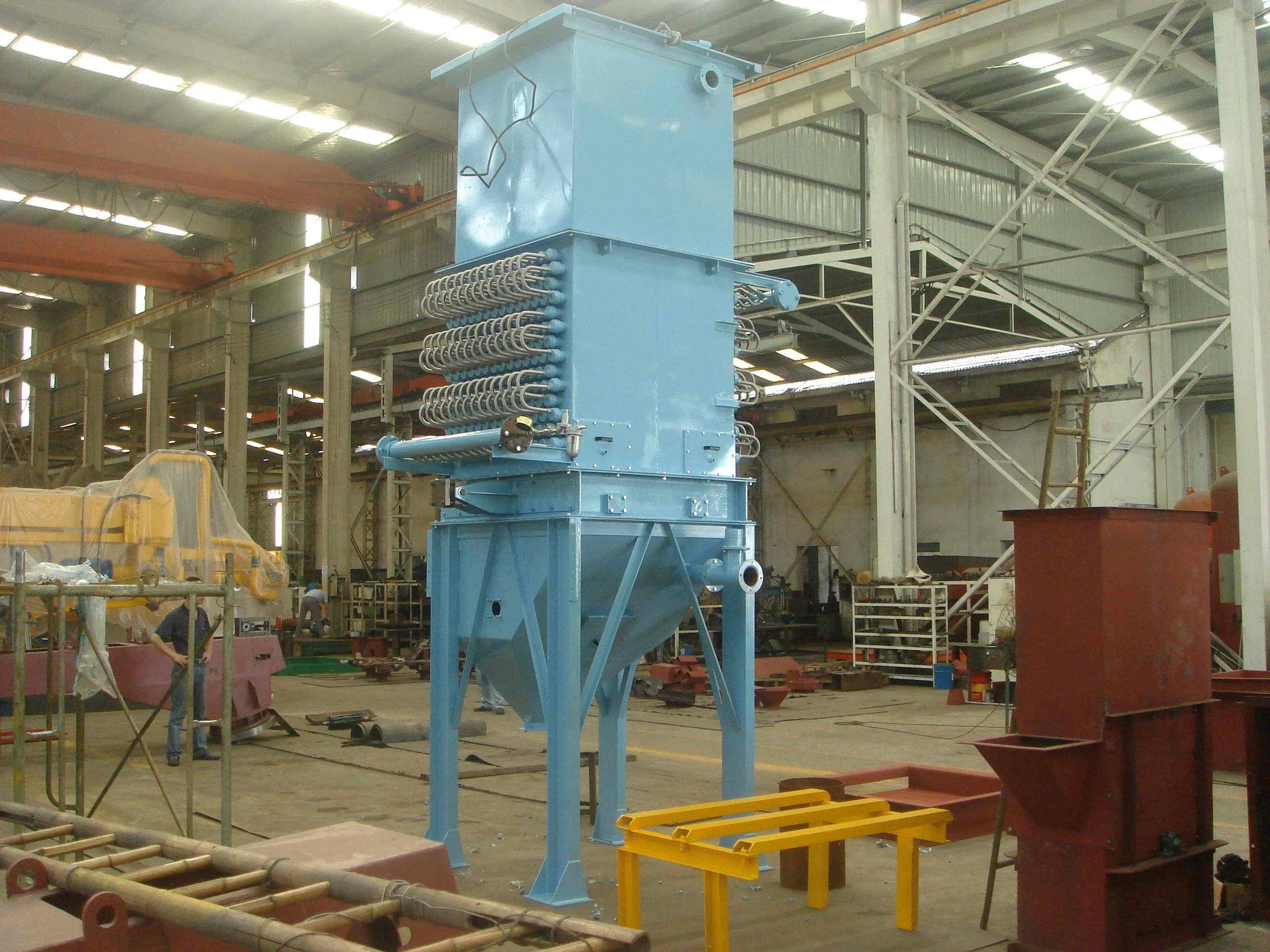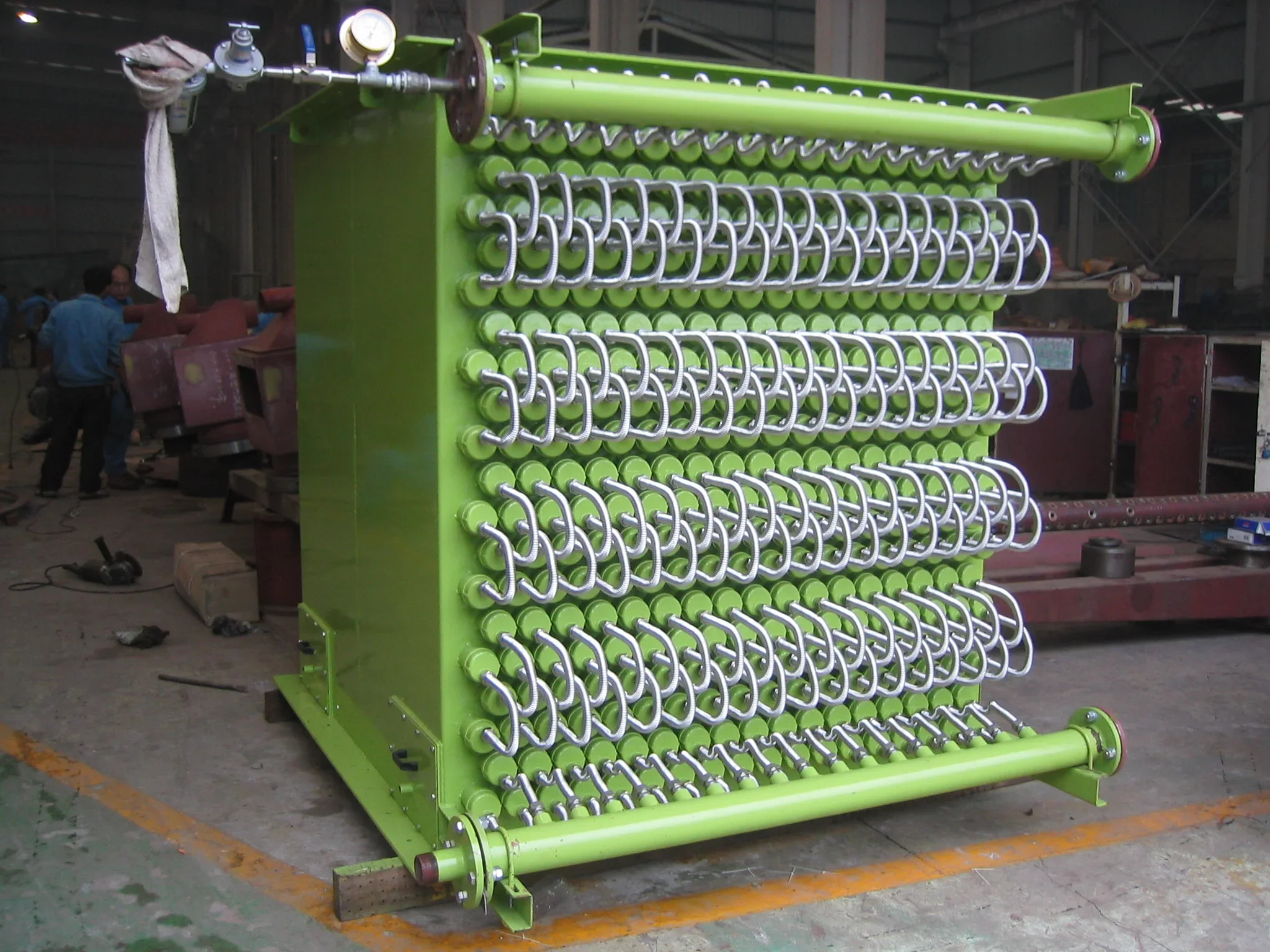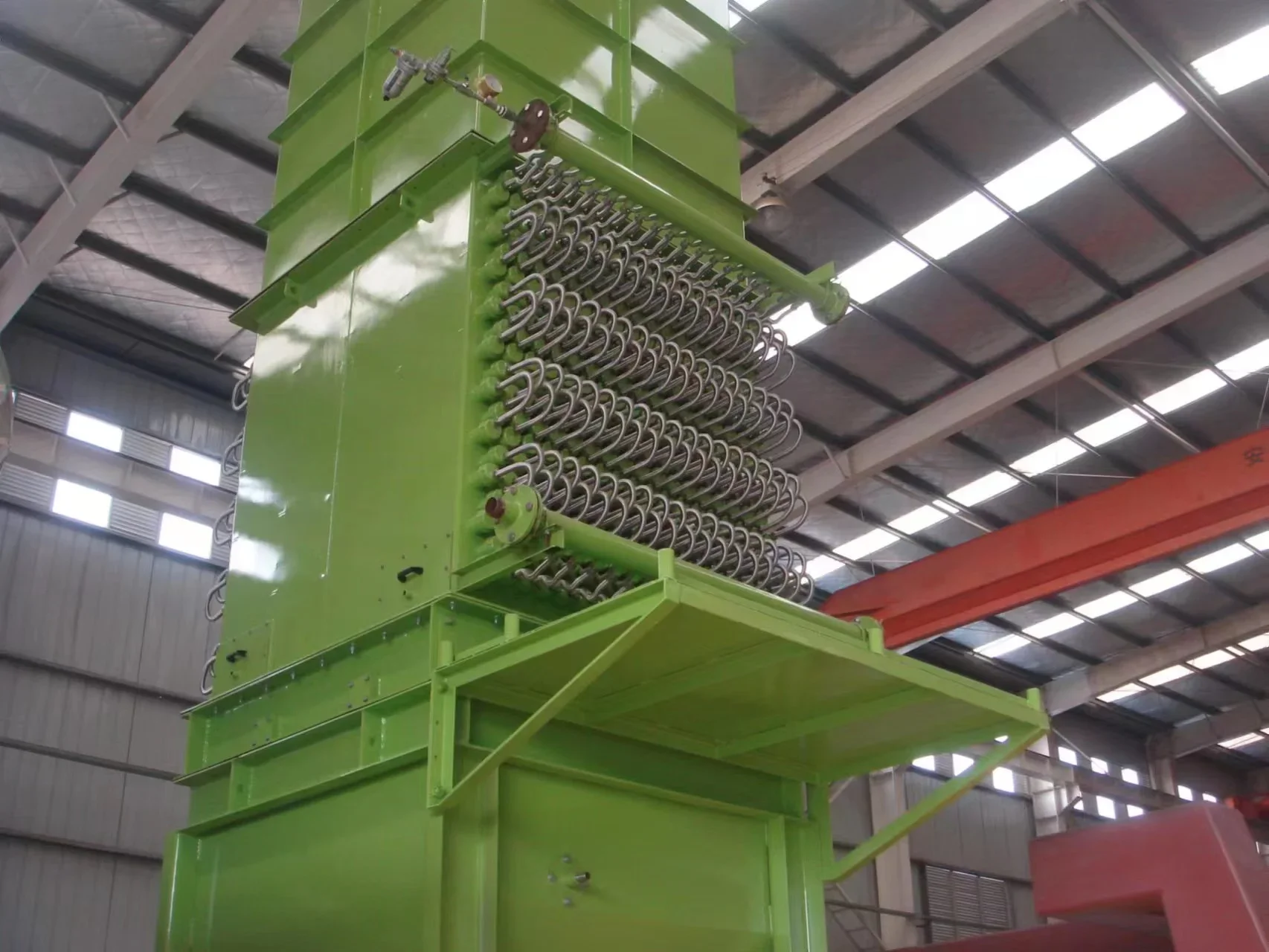How Can a Sand Temperature Regulator Improve Energy Efficiency in Foundries
Foundries are essential in the manufacturing industry, producing metal castings used in various applications. The process of metal casting requires properly heated sand molds to ensure the quality of the final product. However, traditional methods of sand heating can be energy-intensive and inefficient. To address this issue, sand temperature regulators have been introduced to improve energy efficiency in foundries. In this article, we will explore how a sand temperature regulator can enhance energy efficiency and optimize the sand heating process in foundries.
I. Understanding Sand Temperature Regulation in Foundries
Maintaining the proper temperature of the sand in foundries is crucial for successful metal casting. The temperature of the sand affects the quality and integrity of the final product. Traditional methods of sand heating, such as direct flame heating or steam injection, often result in uneven heating and energy wastage. This is where sand temperature regulators come into play. These devices are designed to monitor and control the temperature of the sand during the heating process to ensure optimal performance.

II. The Functioning of a Sand Temperature Regulator
A sand temperature regulator operates by using a heat exchanger to control the temperature of the sand. The sand enters the regulator through an inlet, and a screen is provided to prevent debris from entering the heat exchanger. Inside the heat exchanger, the sand undergoes a countercurrent heat exchange process. The water flows in the opposite direction to the sand, allowing for efficient heat transfer. The heat exchange form of the sand temperature regulator ensures that the sand moves slowly from top to bottom, promoting full heat dissipation and minimizing wear on the radiator.
III. Benefits of Sand Temperature Regulators in Foundries
A. Improved Energy Efficiency: By providing precise temperature control and efficient heat exchange, sand temperature regulators significantly reduce energy consumption. The countercurrent heat exchange form ensures that the sand and water flow in opposite directions, optimizing heat transfer efficiency. This results in shorter heating times and reduced energy requirements, leading to improved energy efficiency in the foundry.
B. Enhanced Temperature Control: Sand temperature regulators offer a high level of control over the heating process. Equipped with an automatic temperature control system, these devices can maintain the sand temperature within a specific range. When the sand temperature exceeds the set limit, the regulator automatically adjusts the water flow and activates the water circulation system to cool down the sand.
C. Extended Equipment Lifespan: The slow downward movement of sand in the heat exchanger minimizes wear and tear on the radiator. This slower downlink speed allows for better heat dissipation and reduces the stress on the equipment. As a result, sand temperature regulators help prolong the lifespan of the heat exchanger, saving on maintenance and replacement costs.
IV. Integration with Automation and Control Systems
Sand temperature regulators can be seamlessly integrated with automation and control systems in foundries. This integration allows for remote monitoring and control of the sand heating process. Operators can monitor the temperature, adjust settings, and receive alerts if any abnormalities occur. The automation capabilities enable foundries to streamline their operations, enhance productivity, and reduce human error.

V. Environmental Sustainability and Reduced Emissions
The improved energy efficiency achieved through the use of sand temperature regulators contributes to environmental sustainability. By reducing energy consumption, foundries can lower their carbon footprint and reduce greenhouse gas emissions. This aligns with the global push for sustainable manufacturing practices and helps create a cleaner and greener environment.
VI. Material Level Detection Control
Sand temperature regulators are equipped with material level detection control devices. These devices ensure that the heat exchanger remains submerged in sand throughout the heating process. By maintaining the sand level, the temperature regulator can accurately control the temperature and prevent any deviations that may affect the quality of the castings.

Conclusion
Sand temperature regulators play a vital role in improving energy efficiency and optimizing the sand heating process in foundries. These devices provide precise temperature control, enhance heat exchange efficiency, and reduce energy consumption. By integrating with automation and control systems, sand temperature regulators offer remote monitoring and control capabilities, improving productivity and reducing human error. Additionally, the extended lifespan of equipment and reduced emissions contribute to environmental sustainability. With their numerous benefits, sand temperature regulators are a valuable investment for foundries looking to enhance energy efficiency, reduce costs, and improve overall operations.



